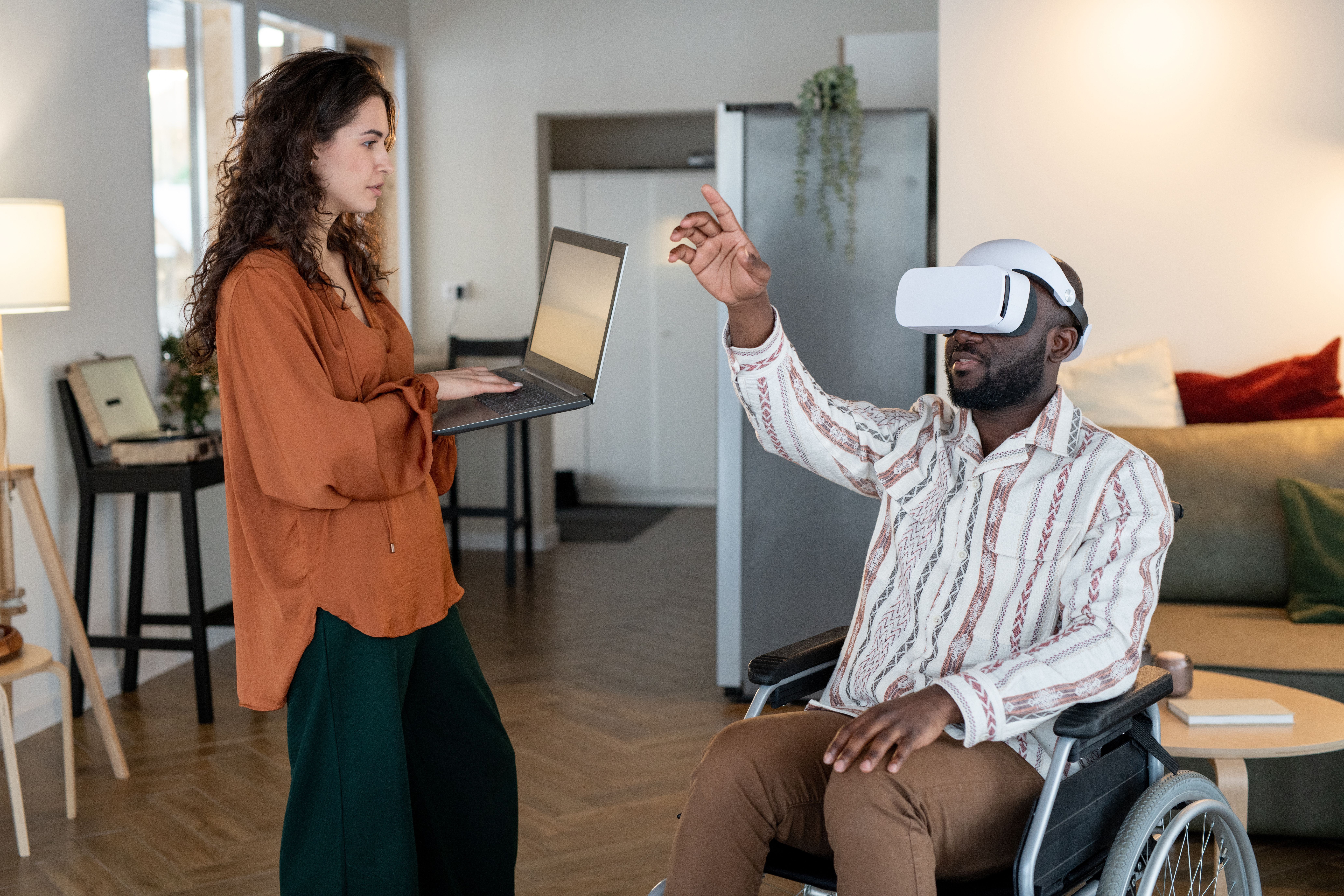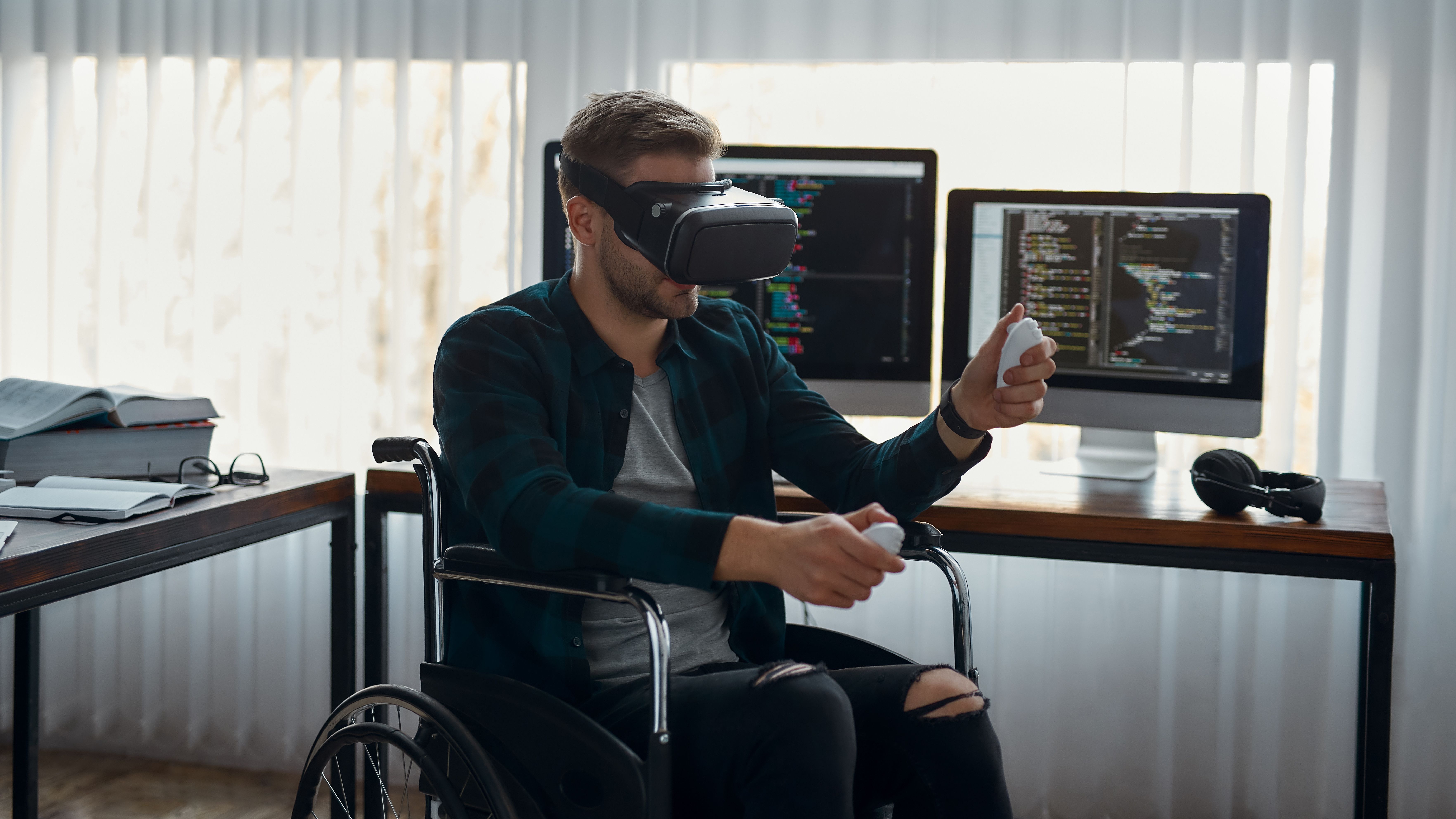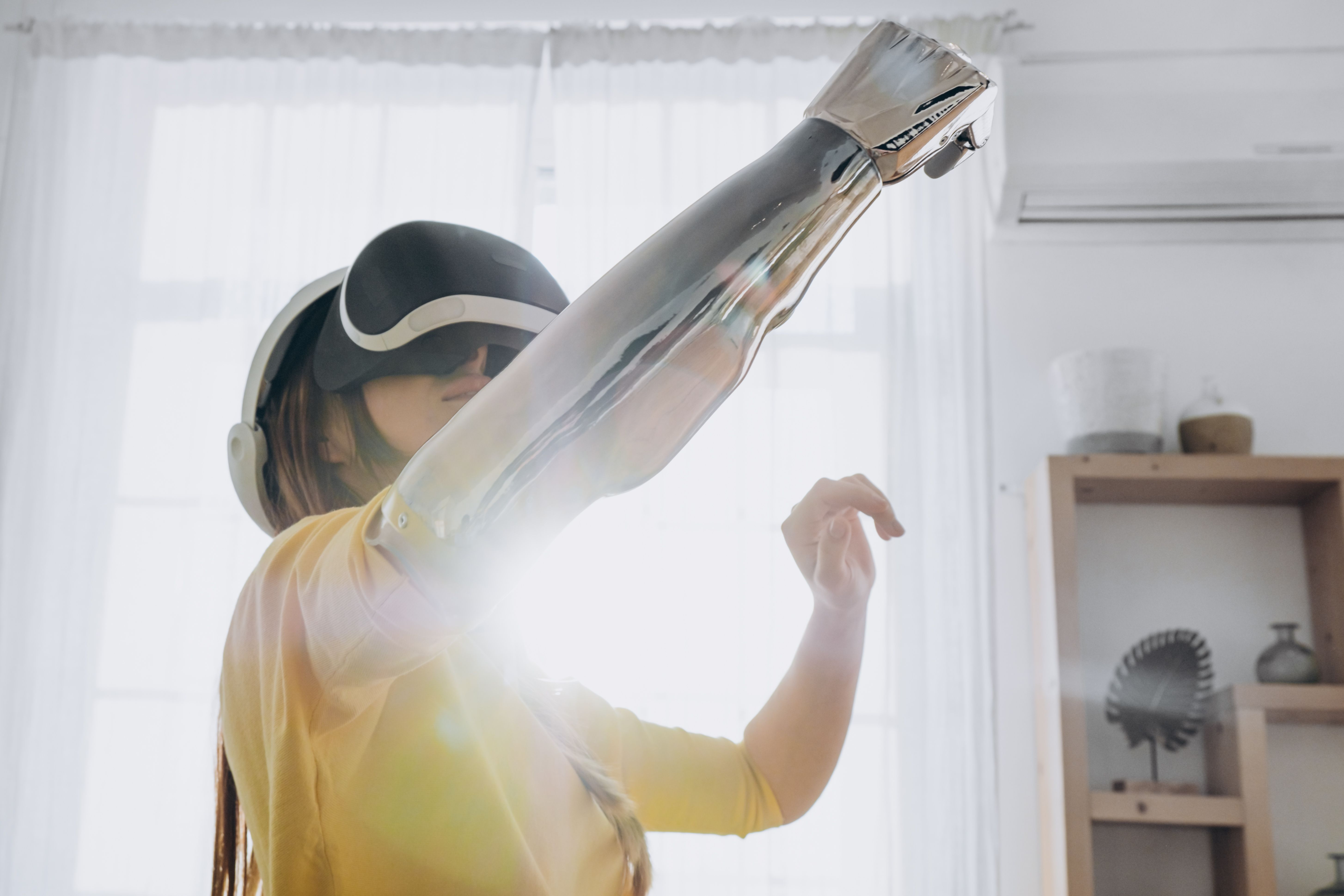Did you know that virtual reality can help improve the lives of people with disabilities? It’s true. This incredible technology has already been shown to be effective in areas like education, rehabilitation, and social interaction training. By providing a safe and controlled simulated environment that closely resembles real life, VR can help people with disabilities learn, grow, and thrive. It’s exciting to think about the possibilities and the positive impact this technology can have on so many lives. In this blog post, we’ll take a closer look at how virtual reality technologies are being used to promote social interaction between individuals with disabilities. In addition, we reflect on the role of VR in promoting inclusion.
Why Social Interaction is Crucial for Individuals with Disabilities
Social interaction holds immense importance in the lives of individuals with disabilities, serving as a cornerstone for various significant purposes. Firstly, it plays a vital role in nurturing their mental and emotional well-being.
For instance, a compelling study published in BMC Public Health highlights the consistently positive impact of engaging with one's close social circle on the mental health and overall well-being of adults with physical disabilities.
Moreover, social interaction can have a profound impact on the cognitive development and learning abilities of individuals with disabilities. It opens doors to new skills, broadens perspectives, and provides invaluable insights into the fascinating world we live in.
People with disabilities often encounter significant challenges in social interactions. Accessibility serves as one of the most substantial hurdles. Physical environments do not always cater to their needs, making it tough for them to participate in social activities actively.
Sarah Calvert convincingly asserts that accessibility barriers undeniably impact the quality of life for individuals with disabilities in the United States. In addition to these societal barriers, insufficient educational frameworks and poverty further perpetuate inequality for individuals with disabilities today.
So, what happens when VR reality technologies are implemented to break down accessibility barriers and empower people with disabilities to interact? That's where virtual reality comes into play.
How VR Can Improve Social Interaction Among People with Disabilities
VR has shown promising results when it comes to improving social interaction for people with disabilities. Here are some ways virtual reality can help them.
Simulating Real-Life Situations
Virtual reality technologies have the ability to simulate real-life situations in controlled and safe environments. This allows individuals with disabilities to practice social skills in virtual settings before applying them in the real world.
According to a study published in the Behavioral Sciences journal, VR has demonstrated promising potential in boosting social skills training. Although further research is needed, initial findings suggest that VR could hold the key to enhancing working memory and adaptation for individuals with autism.
Accessible Communication
VR opens up new horizons for communication, making it accessible for individuals with hearing or speech disabilities. Combining sign language interpretation and text-to-speech technology empowers those who once struggled to connect, enabling them to engage in social interactions effortlessly.
Increased Comfort and Confidence
**Since virtual reality offers a secure and controlled environment, individuals grappling with anxiety or social disorders can experience enhanced comfort and confidence when honing their social skills. **
By simulating real-world interactions, VR facilitates a practice arena that fosters increased motivation and success when engaging with others in the physical realm.
With the ability to immerse oneself in various social scenarios, VR technologies present a unique opportunity for individuals to gradually build their skills, overcome challenges, and ultimately thrive in real-world social situations.
Virtual Travel
Virtual reality offers a universe of interactive travel experiences tailored for individuals with mobility disabilities. It facilitates adventure and exploration, transcending physical limitations while enabling social interaction and communication to foster previously inaccessible connections.
The Role of VR in Promoting Inclusivity for People with Disabilities
Due to its capacity to simulate users' physical presence in virtual environments, virtual reality is gaining recognition as a tool for fostering inclusivity. It has the potential to remove barriers faced by individuals with disabilities during social interactions.
VR can help create a level playing field by enabling people with disabilities to interact with others, reducing the stigma and discrimination they might otherwise experience. This utilization of VR exemplifies the potential of technology to foster diversity and provide equal opportunities for all.
Such technology promises to establish a more inclusive society, enabling full participation in social interactions for everyone.
Takeaway
Virtual reality has the potential to enhance various aspects of life for individuals with disabilities. It holds immense value by providing them with access to previously unattainable opportunities and experiences.
A particular area where virtual reality shines is in fostering the development of social interaction skills. Utilizing versatile technology allows individuals to engage in virtual worlds without fear of judgment or overwhelming stimuli.
Ultimately, virtual reality serves as an invaluable asset in creating more inclusive experiences and expanding opportunities for people with disabilities to participate in society's benefits fully.


